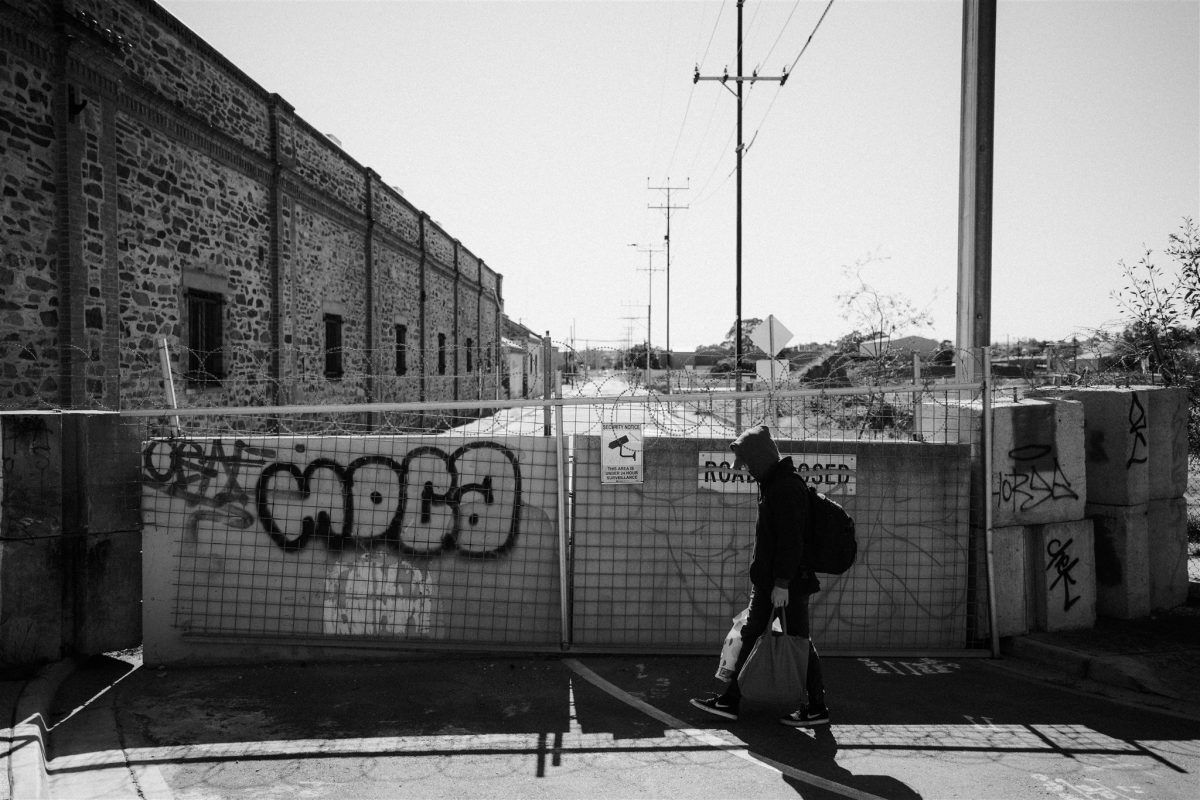
More than 10 people are competing for each entry-level job in South Australia, according to research released today by Anglicare Australia.
Anglicare’s 2020 Jobs Availability Snapshot also found a staggering more than 2.6 million people across Australia are either unemployed or underemployed – with underemployment up 47 per cent compared to 2019.
AnglicareSA CEO Peter Sandeman said the impact of the economic downturn and lack of job opportunities is only being compounded by the reduction in welfare support payments.
“With more than 10 jobseekers competing for each entry-level job, there’s little doubt that COVID-19 is worsening the South Australian job market, which was already failing those with the most significant barriers to employment,” he said.
“With record numbers of people out of work, we need to stop cuts to the JobSeeker payment. People shouldn’t be trapped in poverty while they get their lives back on track, especially when the research shows that the jobs aren’t there.”

Like many young Australians, the pandemic has had a huge financial impact on Kieren of Adelaide’s southern suburbs.
After completing a hospitality short course and gaining his aged care qualification, the 21-year-old’s year of job hunting has not exactly gone to plan.
After being knocked back from aged care positions due to lack of experience, he applied for around 50 jobs before eventually picking up casual employment at a food production warehouse thanks to support from AnglicareSA’s Transition to Work youth employment program.
“It’s been extremely tough – I’ve definitely noticed that it’s been a lot harder this year to find any sort of work due to COVID-19. I’ve been through a lot and there hasn’t been much opportunity,” he said.
“I think the biggest struggle is that employers want people with experience, but how can you get that experience when you’re just starting out and aren’t given the opportunity?”
“In the end, I just kept telling myself to not give up and I honestly got lucky with where I am now,” Kieren added.
“At some stage I want to get into the aged care sector because I love helping people and want to give them the best care experience.”
Evidence from the Snapshot shows that the number of people across Australia looking for work has more than doubled since last year’s Snapshot.
To make matters worse, the figures show that people with higher qualifications are working in lower skilled jobs, putting more pressure on entry-level jobseekers’ ability to compete.

Mr Sandeman said there is a desperate need to rethink and redesign our systems to support people back into work.
“Fortunately in South Australia, the health impact of COVID-19 has been minimal compared to some of our Australian neighbours. But with our open economy, we are not immune to the economic repercussions of the pandemic,” he said.
“If we’re serious about helping people, we need to provide those out of work with a liveable income as well as create jobs at all skill levels – rather than forcing competition for jobs that just aren’t there.
“These changes are urgent. If we don’t fix this broken system, the number of people competing for each job will continue to escalate.”
He added that providing those doing it tough with the appropriate welfare supports would promote vital community participation and keep people job-ready in the post-COVID road to recovery.
“Even with direct job creation and other measures to rebuild our economy, it will be some time before there are enough job vacancies to match those who want them,” he said.
“Enabling people who are out of work access to a liveable income would also provide a bedrock for volunteering and other kinds of participation to flourish at a time when communities are trying to heal, and better equip people to take up work again when the economy recovers. A liveable income is also good for the economy as those who need the money to live will spend it locally and grow the jobs they need to access.”
The national Jobs Availability Snapshot 2020 found that across Australia:
- Eight jobseekers are competing for each job at their skill level.
- In some parts of the country that number is as high as 21.
- Many of these jobseekers have been left out of the JobMaker scheme.
- The number of people looking for work has more than doubled since last year’s Snapshot.
- On top of that, 1.7 million people are now underemployed. Many are also competing for these jobs.
Read the full Anglicare Australia Jobs Availability Snapshot 2020 here.